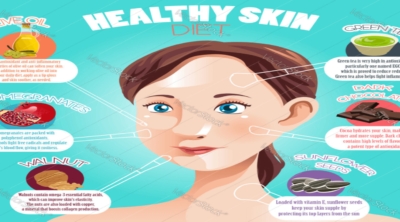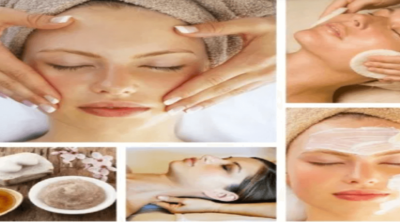
An uneven distribution of skin color can mar a person’s beauty. Find in this article, the types of skin pigmentation and ways to treat them.
Flawless skin is what everyone (especially women) dream of. You probably follow a strict skin care regime to keep your skin youthful and supple. As opposed to all that you do, skin pigmentation is a problem, which when affected with, can drive you crazy. Pigmentation is the discoloration of skin. Melanin is a substance our skin produces, which is responsible for giving our skin its color.
Melanin absorbs the harmful UV (ultraviolet) radiations and protects our skin, but in the bargain darkens our skin color. The more melanin our skin produces the darker skin tone we have. When the skin produces too much melanin, it results into a condition called hyperpigmentation whereas, when it produces insufficient amount of melanin, the result is hypopigmentation. There are various forms of each skin pigmentation.
Sun Spots
When we are exposed to sunlight, the production of melanin is triggered to protect our skin from the harmful ultraviolet radiations. The result is a tanned skin and sunburns. These problems can cause skin cancer and even play a major role in developing hyperpigmentation. So, how do you treat these skin pigmentation problems?
How To Treat Them: Your number one defense to this problem is to use a waterproof sunscreen with SPF 15 (Asians can go in for sunscreens having higher SPF for better protection). Whether you are a homemaker or you work, use of sunscreen should become an integral part of your skin care routine. However, limiting your skin care routine to the use of sunscreen is not enough. It is also important to cover yourself thoroughly to limit sun exposure. Look for creams and lotions containing vitamin C in the form of Ascorbyl and Kojic acids, which help in combating this type of skin pigmentation. Use of Aloe Vera gel also works wonders in soothing sunburns and treats them well.
Melasma
Melasma causes brownish-grayish patches on the skin, especially on the cheeks. This condition usually occurs amongst women and the culprit is hormonal imbalance. Pregnancy is the time when women become more prone to this pigmentation problem. Other than fluctuations in hormones; birth control pills, certain medications and cosmetics also cause melasma.
How To Treat Them: Melasma generally fades on its own after the pregnancy phase. However, if discoloration still exists, creams containing glycolic acid should be used. These creams help exfoliate pigmented skin that leads to shedding of the top layer of skin giving you an even skin tone. Skin lightening products that contain retinoids and kojic acid can also be used. Tomatoes and carrot juice can be applied to affected area, to lighten the discoloration; as they stimulate skin growth and prevent premature aging of skin. Inclusion of nuts rich in antioxidants in your daily diet can help in reducing skin pigmentation too.
White Spots
White spots as opposed to the above forms of hyperpigmentation, is a common form of hypopigmentation. Hypopigmentation is the loss of melanin, which results in white skin. Inappropriate laser therapies, burns and blisters result in loss of color in the skin. Albinism and vitiligo are skin disorders that cause white spots. Albinism is a genetic disorder that is passed from parents to their children whereas, the cause of vitiligo is unknown. People affected with hypopigmentaion are at higher risk of sun damage and skin cancer.
How To Treat Them: Normally, it is assumed that forms of hypopigmentation cannot be cured. However, one has to remember that the condition can worsen due to sun exposure. Hence, your first step to fight it should be using a sun block every day, regardless of any weather condition. As a temporary option you can also cover up these white spots using make-up. In all other cases for a permanent result topical steroid therapies and surgical therapies work wonders. Consult your dermatologist and opt for an apt solution.
Birthmark
A birthmark is a harmless colored mark on the skin (in some cases develops later after birth). However, some fade away with time while some darken or even grow as we age. In rare cases, birth marks can cause problems or even be cancerous. Therefore, it is important to get it examined by a good dermatologist.
How To Treat Them: Treatment for birthmarks has always been a controversial topic. Moreover, it is important for us to know that not all birthmarks can be treated. There are no medications as such that will lighten these patches. However, one can try different hairstyles and make-up to camouflage these birthmarks. Laser therapy and plastic surgery can help you get rid of them permanently. The success rate of such treatments is not very impressive, hence it is not recommended to resort to such methods. They might leave a scar or lead to certain side effects, which can be troublesome.
Never self diagnose when it comes to pigmentation disorders, it can make things worse instead of better! Make sure you get an official confirmation about it from a medical practitioner or a dermatologist. Drink plenty of water and exercise regularly, this regulates the blood flow and promotes cell growth, giving you a fresh, youthful appearance.
Disclaimer: This BeautiSecrets article is for informative purposes only and does not, in any way, intend to replace the advice of a medical expert.
Take Care.


